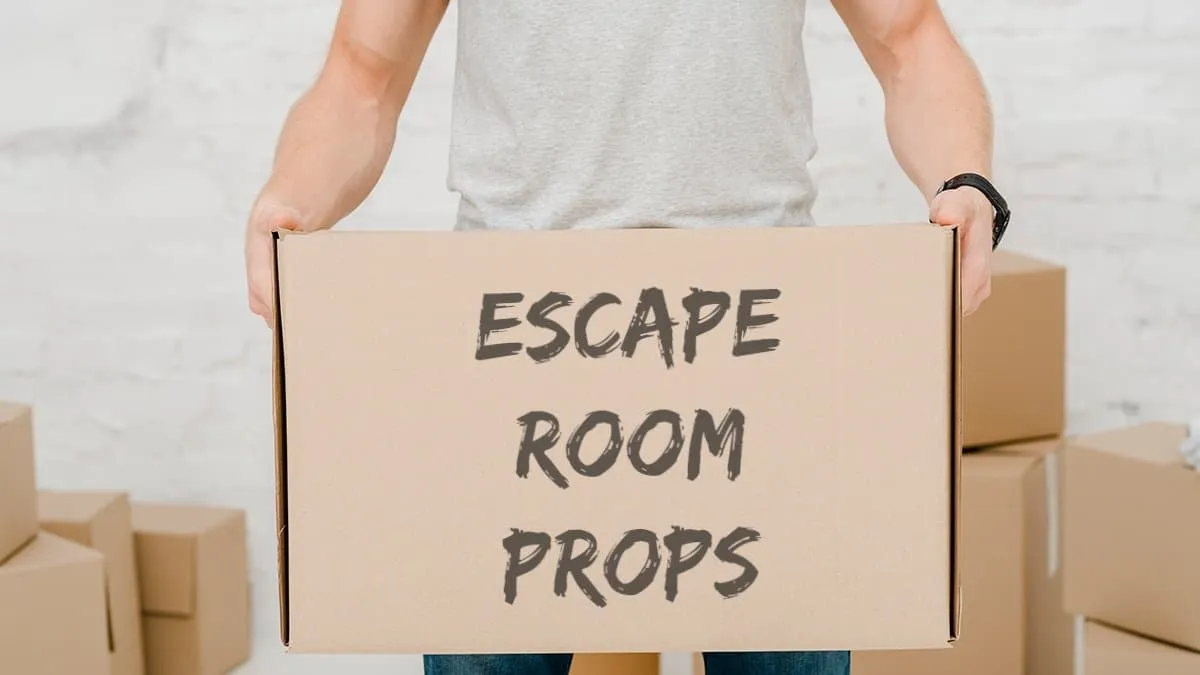The Psychology Behind Effective Escape Room Props: How to Amp Up the Tension
Escape rooms have gained immense popularity in recent years as an interactive and immersive form of entertainment. These real-life puzzle-solving experiences challenge participants to work together, find clues, and ultimately escape from a locked room within a set time frame. One crucial aspect of creating a memorable and engaging escape room is the use of props. Cleverly designed props not only add to the overall ambiance but also play a significant role in heightening tension and increasing the adrenaline rush during gameplay. In this article, we will explore the psychology behind effective escape room props and discuss how they can amp up the tension for a more thrilling and enjoyable experience.
1. Creating Immersion through Realism
The success of an escape room heavily relies on the players’ ability to suspend their disbelief and fully immerse themselves in the game world. Realistic and authentic props are essential for achieving this sense of immersion. When players encounter objects that closely resemble their real-life counterparts, they are more likely to engage with them on a deeper level.
For example, if an escape room scenario involves a mysterious laboratory, the props used should resemble actual scientific equipment and instruments. This approach allows players to mentally transport themselves into the narrative, where they become the protagonists of their own adventure.
2. Fostering Curiosity and Exploration
Humans are naturally curious beings, and escape room props can be powerful triggers for encouraging exploration and interaction. Intriguing and enigmatic props immediately capture the players’ attention and prompt them to examine the objects closely, looking for hidden compartments, messages, or mechanisms.
By stimulating curiosity, escape room designers keep participants engaged and invested in the experience. As players uncover clues hidden within the props, they experience a sense of achievement, which motivates them to continue their quest to solve the puzzles and escape the room.
3. Playing with Emotional Triggers
To amp up the tension in an escape room, prop designers can strategically use emotional triggers to evoke specific feelings in players. Emotions such as fear, surprise, excitement, and anticipation can all be harnessed through the use of props.
For instance, using a dimly lit room with eerie props can create a foreboding atmosphere, evoking a sense of fear and uncertainty. Alternatively, surprise elements, such as props that unexpectedly move or emit sounds, can induce an adrenaline rush and increase the players’ heart rates, making the experience more thrilling.
4. Establishing a Sense of Time Pressure
The element of time pressure is integral to the escape room experience. Players must feel a constant sense of urgency to keep the adrenaline flowing. Well-designed props can help reinforce this feeling by providing visual cues related to time constraints.
For example, a prop could be a ticking clock with a limited time display or an object that changes appearance after a certain period. These props act as subtle reminders of the ticking clock, keeping players on their toes and intensifying the pressure to complete the challenges promptly.
5. Using Multisensory Stimulation
Escape rooms are all about engaging multiple senses simultaneously. Effective props can stimulate various senses, enhancing the overall experience. By appealing to sight, sound, touch, and even smell, the escape room becomes more dynamic and captivating.
For instance, the inclusion of audio cues, such as mysterious background music or occasional sounds, can create a heightened sense of suspense. Interactive props that require physical manipulation allow players to engage with the environment actively, making them feel more connected to the challenges they face.
6. Promoting Collaboration and Communication
Escape rooms are team-based activities, and props can be used to encourage collaboration among players. Certain props might require multiple players to work together to decipher codes or solve puzzles.
Similarly, communication becomes paramount in an escape room scenario. Well-designed props might contain partial clues or messages that need to be combined with information from other props to form a complete solution. This fosters effective communication among team members, promoting better coordination and increasing the overall tension as time ticks away.
7. Utilizing Red Herrings and Misdirection
In crafting an effective escape room experience, prop designers can strategically employ red herrings and misdirection. These elements serve to distract players and lead them astray, adding an extra layer of challenge and tension to the game.
For example, a prop that appears to be a significant clue might end up being a red herring, while a seemingly insignificant object might hold a critical clue. This play on expectations keeps players on edge, unsure of which props are genuinely essential to their escape.
Conclusion
Effective escape room props are more than just decorations; they are powerful tools that can influence the players’ emotions, behaviors, and overall enjoyment. By tapping into human psychology and using props that create immersion, curiosity, emotional triggers, time pressure, multisensory stimulation, collaboration, and misdirection, escape room designers can craft unforgettable and thrilling experiences for their participants. Ultimately, it is the combination of these psychological elements that enables an escape room to stand out, leaving players with lasting memories and a desire to return for more adrenaline-pumping challenges.




